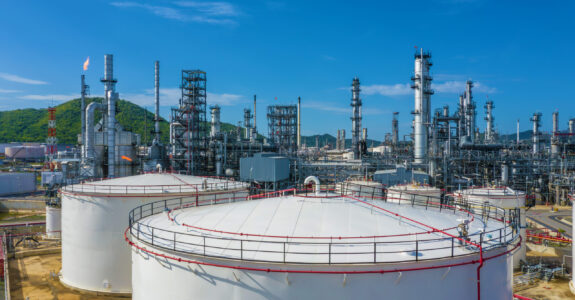
Subpart W Updates: What You Need to Know Now
May 31, 2024
It’s official. The much-anticipated revisions to Subpart W of the Greenhouse Gas Reporting Program are here. In broad terms, the EPA has included new facility components and placed a renewed focus on empirical data over estimated emission factor calculations to improve the accuracy, transparency, and clarity of reporting total GHG emissions from Subpart W-applicable facilities. The revision further emphasizes a more accurate, and verifiable approach through the use of financial incentives to Operators who comply with the new requirements.
The Inclusion of Previously Excluded Emission Sources
With this update, EPA has added reporting requirements for emission sources that were either previously not included, or were only required for specific industry segments. This includes:
- Other large release events (defined as NSPS Subpart OOOOb super emitter events)
- Additional compressor vents/operating modes
- Crankcase venting of compressor engines/turbines
- Nitrogen removal units
- Mud degassing
- Produced water storage tanks
- Blowdowns (for industry segments not previously included)
- Pneumatic Devices (for industry segments not previously included)
- Tanks (for industry segments not previously included)
More Options for Empirical Site-Specific Monitoring
In several cases, the revised Subpart W enables more advanced monitoring than currently required, as an enhancement to using emission factors. Here is a high-level summary of the sources your team should consider monitoring or measurement programs and adjust your data management systems:
- Equipment Leaks: The new rule revised default emission factors to higher values. As a result, facilities that use standard Optical Gas Imaging (OGI) to identify leaks for use with standard factors likely will report larger emissions than those leaks that are subsequently quantified with HI-FLOW 2.
- Pneumatic Controllers: There are two measurement methodologies for pneumatic controllers that are optional alternatives. Method 2 requires 15-minute measurements of each pneumatic device and quantifying emissions during actuation. Depending on how many you have, the measurements can be split over 2-5 years. Method 3 requires 2-minute duration monitoring periods to identify counts of malfunctioning vs normal-operating pneumatics. Under this method, all devices must be monitored annually.
- Other Large Release Events: Site-level, top-down measurements can be used to assist with quantification of emissions from NSPS Subpart OOOOb super emitter events.
- Flares: Without monitoring programs in place, the default destruction removal efficiency (DRE) for flares has decreased from 98% to 92%. Sites can implement NSPS OOOOb- or Refinery MACT-compliant monitoring to increase the claimed DRE to 95% or 98%, respectively.
- Incomplete Combustion (methane slip): The revised default emission factors for compressor engine combustion were significantly increased to account for incomplete combustion. Facilities can quantify actual methane slip emissions as an alternative to default factor.
- Compressor Seal Vents: Additional seals and operating modes are required to be included in monitoring programs, expanding the scope of compliance assessment.
Before you go… Commit to a Plan
The advantages of an integrated environmental solution for addressing Subpart W compliance changes are clear: efficiency, safety, accountability, reporting, expert knowledge, and centralized services. If you’re interested in taking the next step towards ensuring seamless compliance with Subpart W regulations, we invite you to connect with our team. Together, we can outline a tailored plan that aligns with your specific needs and objectives, guiding you toward a comprehensive and sustainable integrated compliance strategy.

